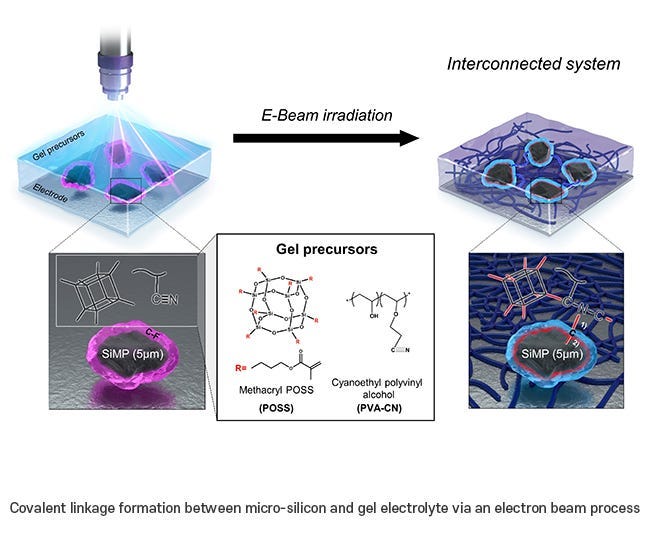Innovative Battery Technology Could Extend EV Range Beyond 621 Miles
Written on
Chapter 1: The Quest for Longer EV Ranges
The global shift towards sustainable transport has catalyzed significant innovations in electric vehicle (EV) technology. With rising concerns about climate change and environmental degradation, both individuals and organizations are increasingly adopting EVs as a greener alternative to conventional gasoline vehicles. Nevertheless, despite the many advantages of EVs, including zero emissions and reduced running costs, challenges remain in achieving widespread acceptance.
A major hurdle in the large-scale adoption of EVs is battery range. Historically, limited battery capacity has posed a substantial obstacle for potential buyers, as it restricts travel distances on a single charge. This phenomenon, known as range anxiety—the fear of depleting battery power before reaching a destination or charging point—has dissuaded many consumers from transitioning to electric mobility.
In light of this issue, considerable efforts have been invested in enhancing battery technologies to increase the range of EVs. Advancements in battery chemistry, materials science, and production techniques have led to the creation of more efficient batteries with higher capacities. Specifically, lithium-ion batteries have undergone significant enhancements in energy density, enabling greater energy storage without increasing physical size.
While current top-tier EVs typically offer around 435 miles (700 kilometers) per charge, researchers are working diligently toward achieving the ambitious target of 1,000 kilometers (621 miles). Scientists are exploring the potential of silicon, known for its excellent storage capabilities, as the anode material in lithium-ion batteries for electric vehicles.

"We utilized a micro-silicon anode, achieving a stable battery. This research brings us closer to a viable high-energy-density lithium-ion battery system."
~ Professor Soojin Park, Team Lead

Despite its potential, effectively integrating silicon into practical applications remains a complex challenge. A dedicated research group from the Department of Chemistry at Pohang University of Science and Technology (POSTECH) in South Korea, led by Professor Soojin Park, is making significant strides in enhancing lithium-ion battery energy density through the use of silicon-based materials.
Using silicon as a battery component presents certain difficulties—it expands during charging and contracts upon discharging, which can adversely affect battery performance. Researchers have discovered that employing nano-sized silicon particles can mitigate this issue, but the production of these tiny particles is complex and costly, making large-scale implementation challenging.

Conversely, slightly larger silicon particles, referred to as micro-sized silicon, are more affordable and still exhibit decent energy capacity. However, the expansion and contraction of these larger particles during the battery’s charge and discharge cycles can lead to performance issues. To address this, the research team focused on developing a battery system that balances cost-effectiveness with stability, particularly by improving the gel material used within the battery to facilitate ion movement.
This novel gel differs from standard liquid gels by being more solid and stable. The researchers implemented an innovative process utilizing electron beam technology to bond the micro-sized silicon particles with the gel material, effectively reducing the internal stress caused by the silicon's fluctuations and enhancing the overall structural stability.
Chapter 2: Breakthroughs in Battery Performance
The results were remarkable—despite the larger silicon particles being approximately a hundred times bigger than typical sizes, the battery exhibited strong performance. Furthermore, this new battery system demonstrated ion movement comparable to conventional liquid gel batteries while boasting approximately 40% more energy storage capacity. With a streamlined manufacturing process, this innovation is set to facilitate immediate implementation, pushing the limits of what is achievable in electric vehicle technology.
The first video titled "CATL new EV platform with 621-Mile range could underpin future Tesla's" explores how advancements in battery technology may impact future EV models.
The second video titled "Do you really want a 1000 mile range EV?" delves into the practical considerations and desires surrounding long-range electric vehicles.